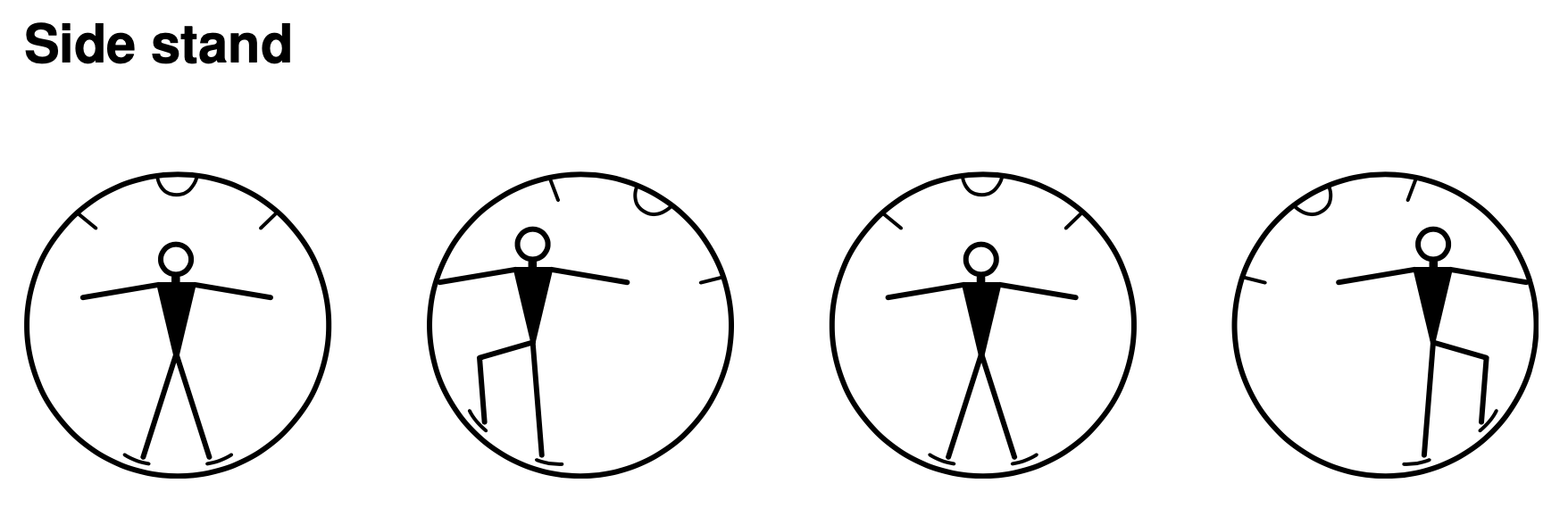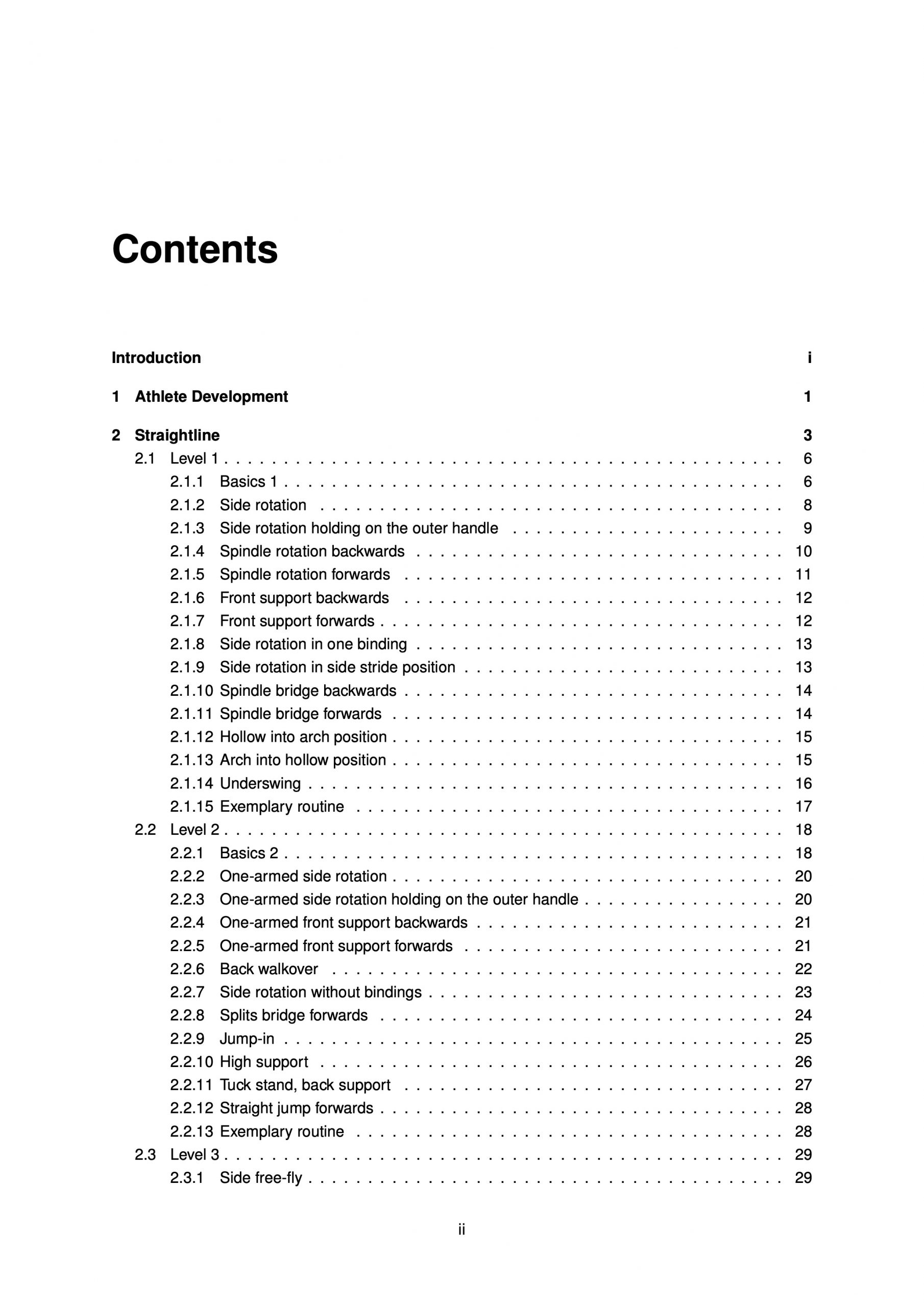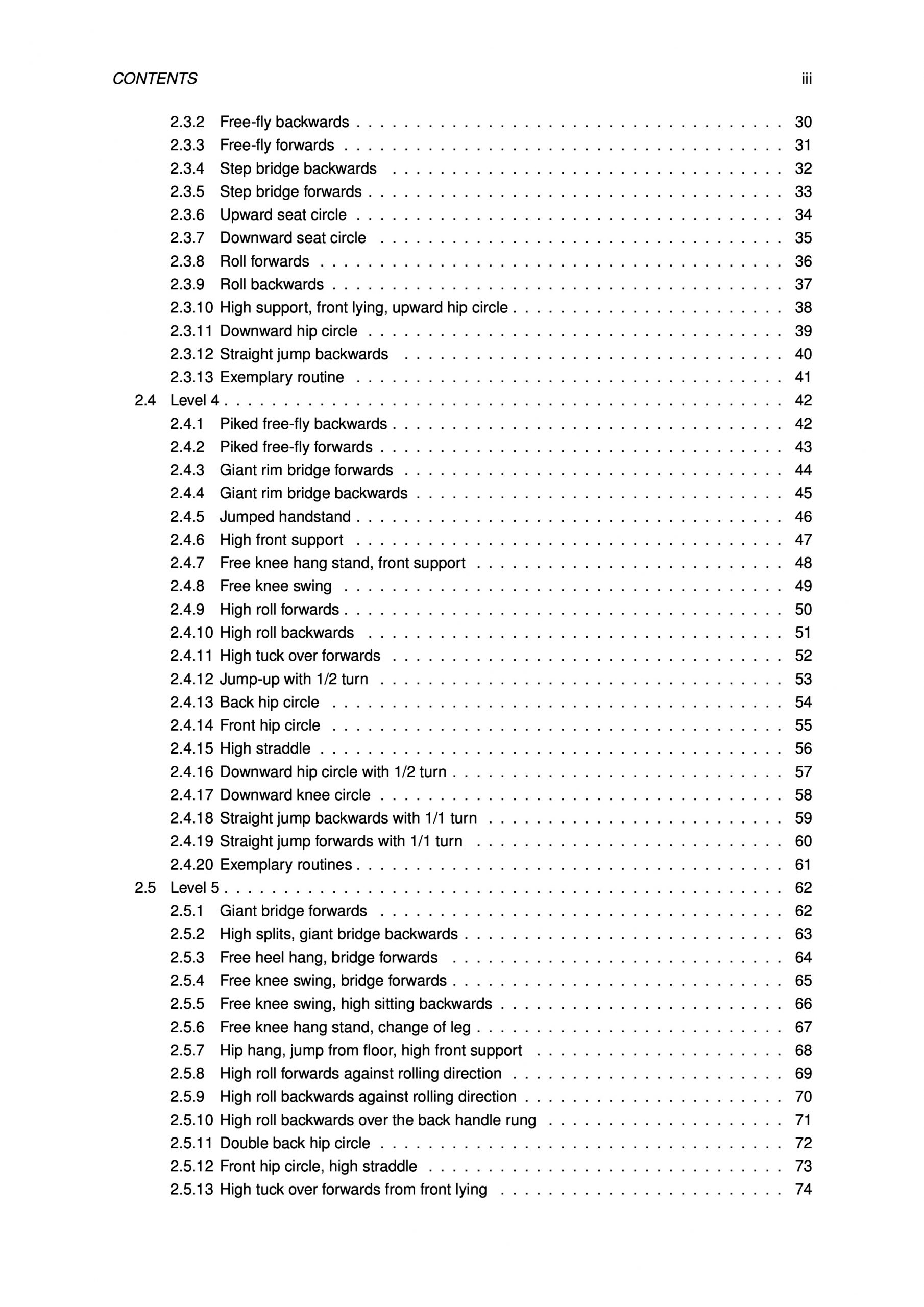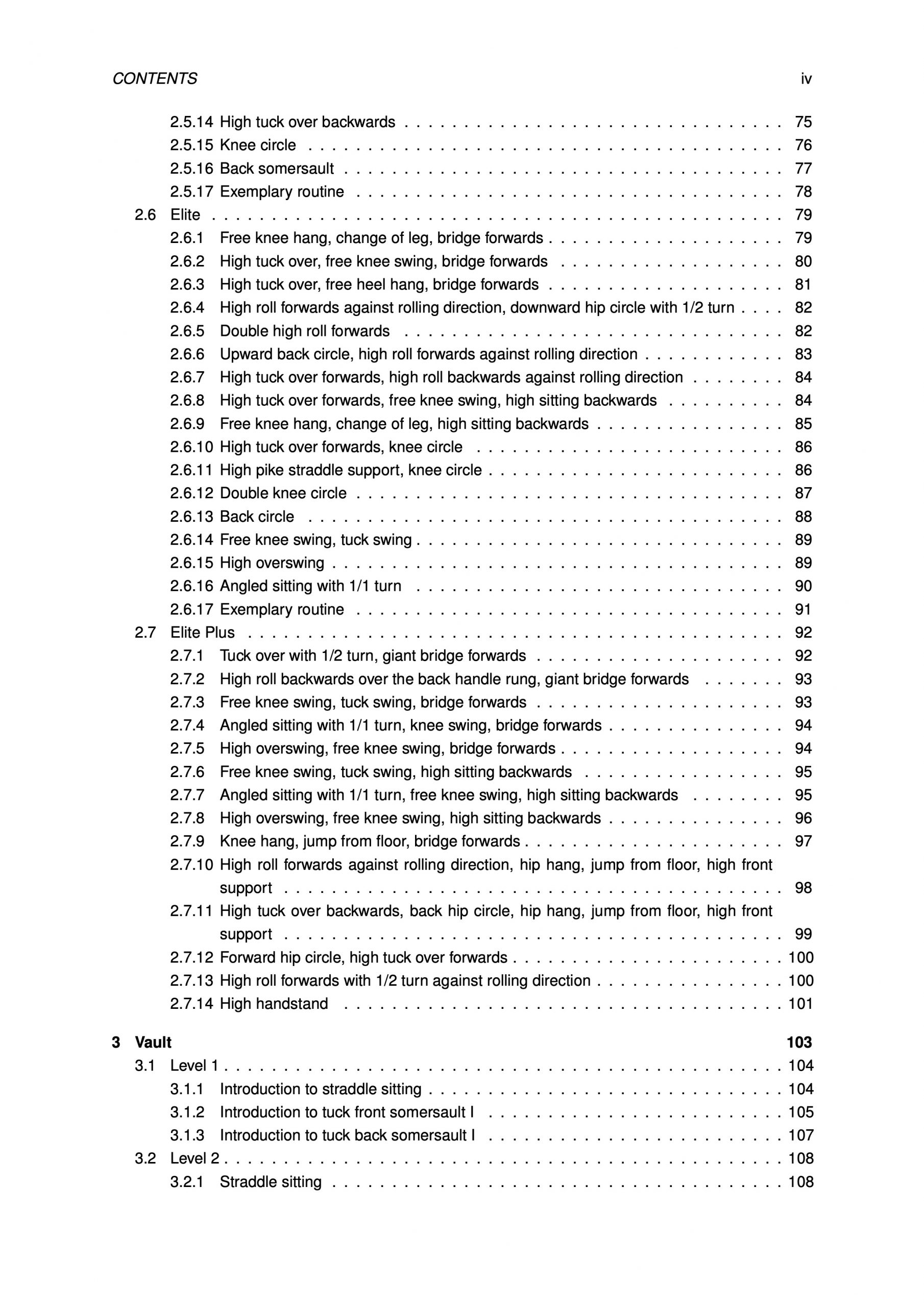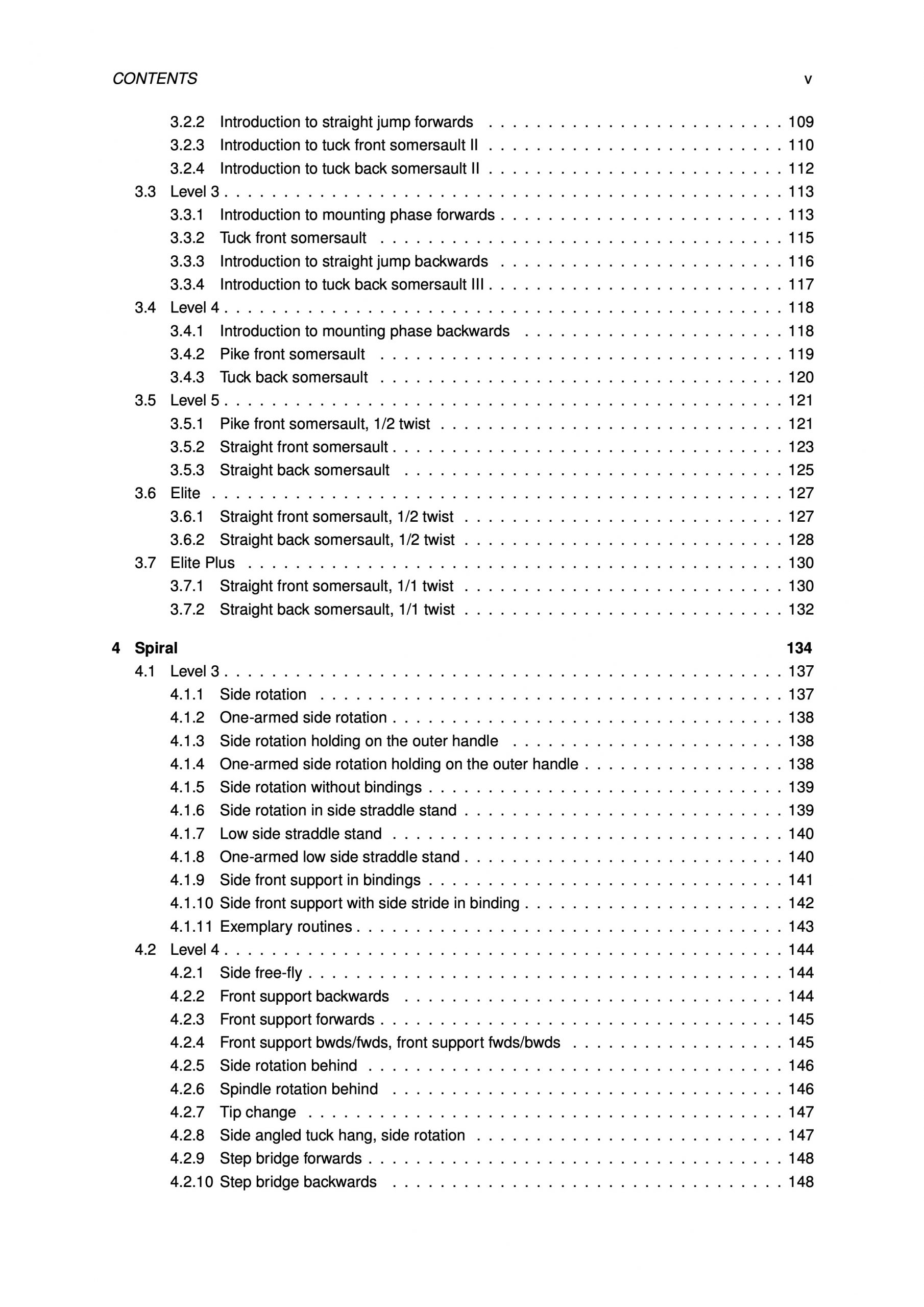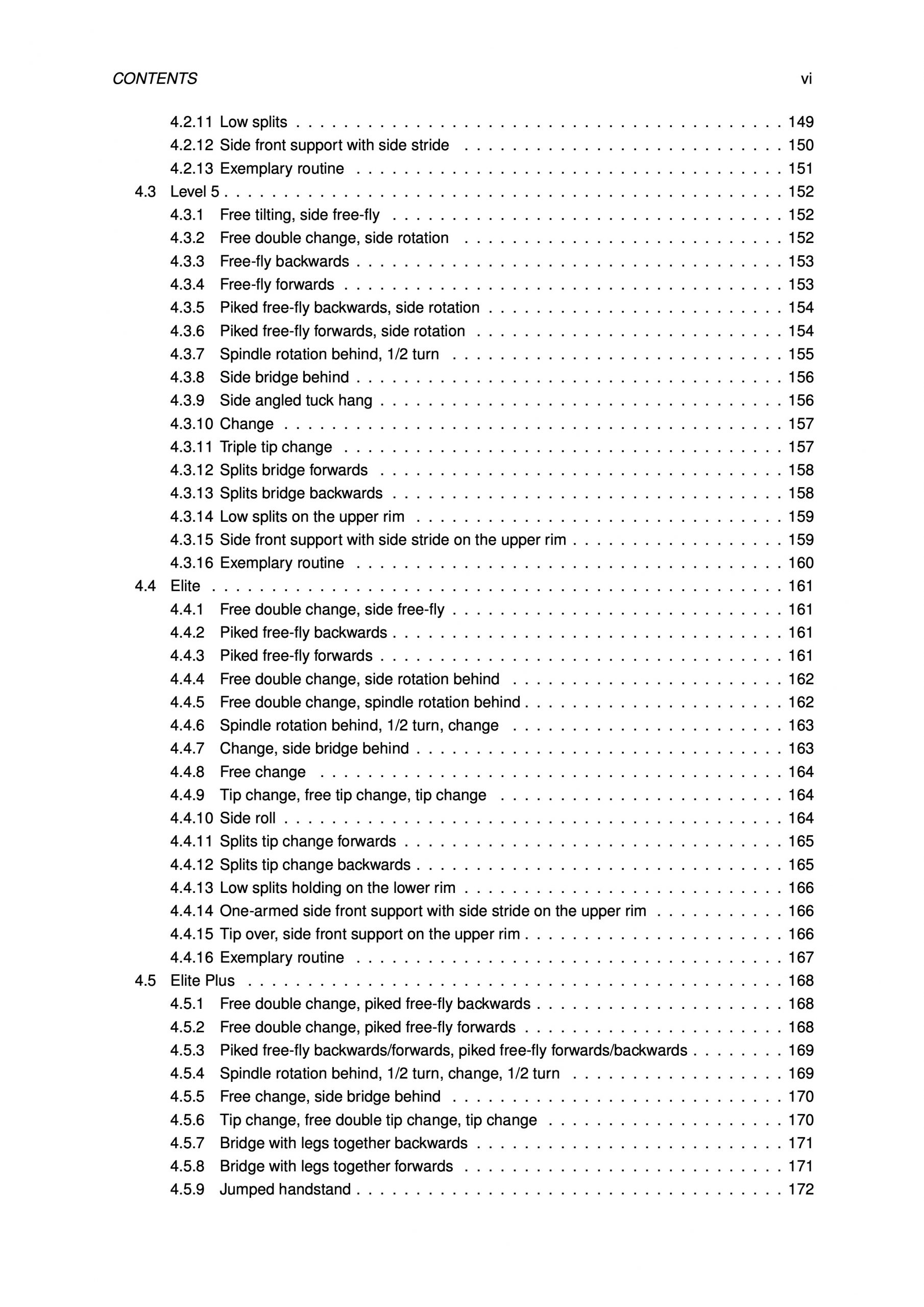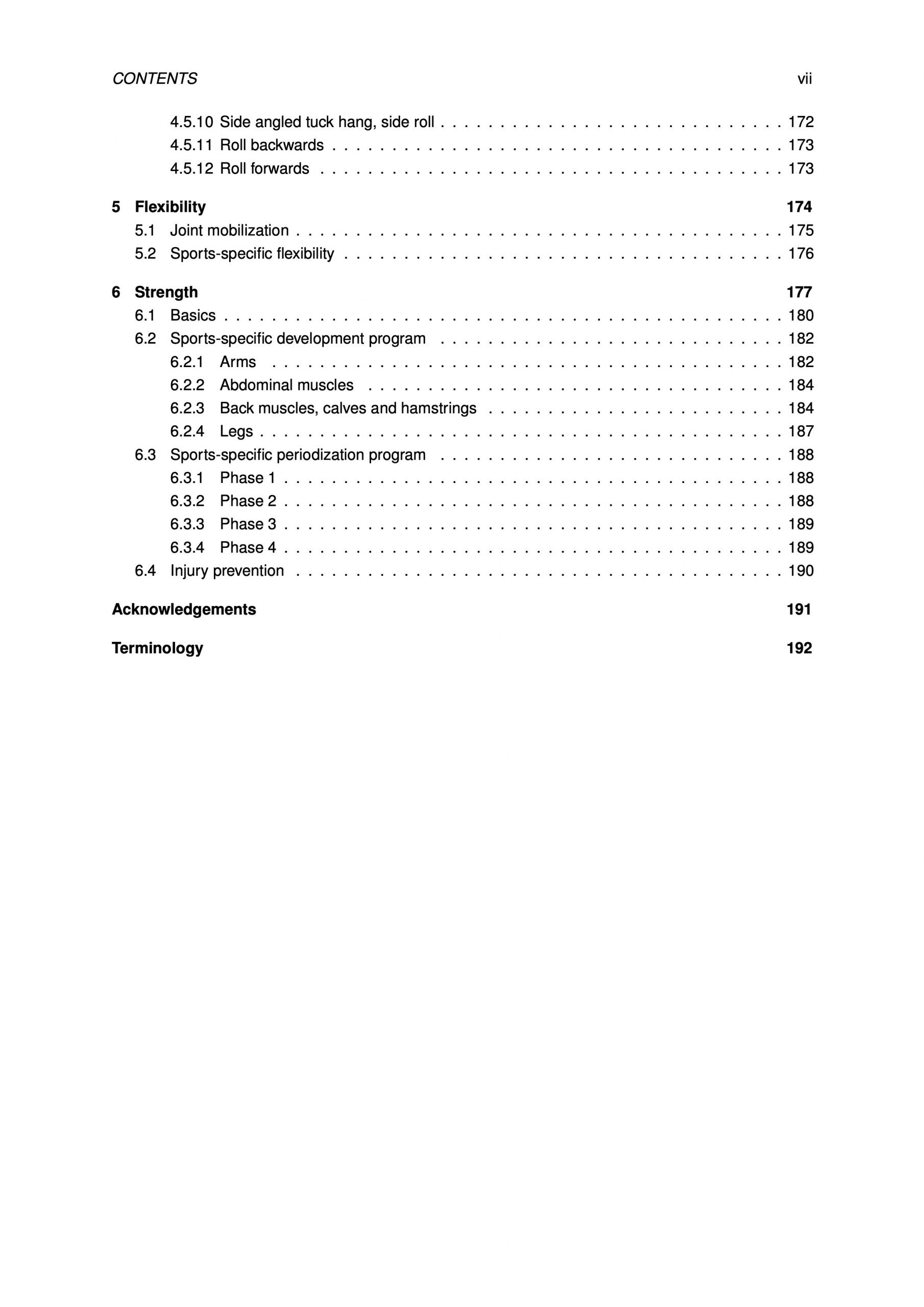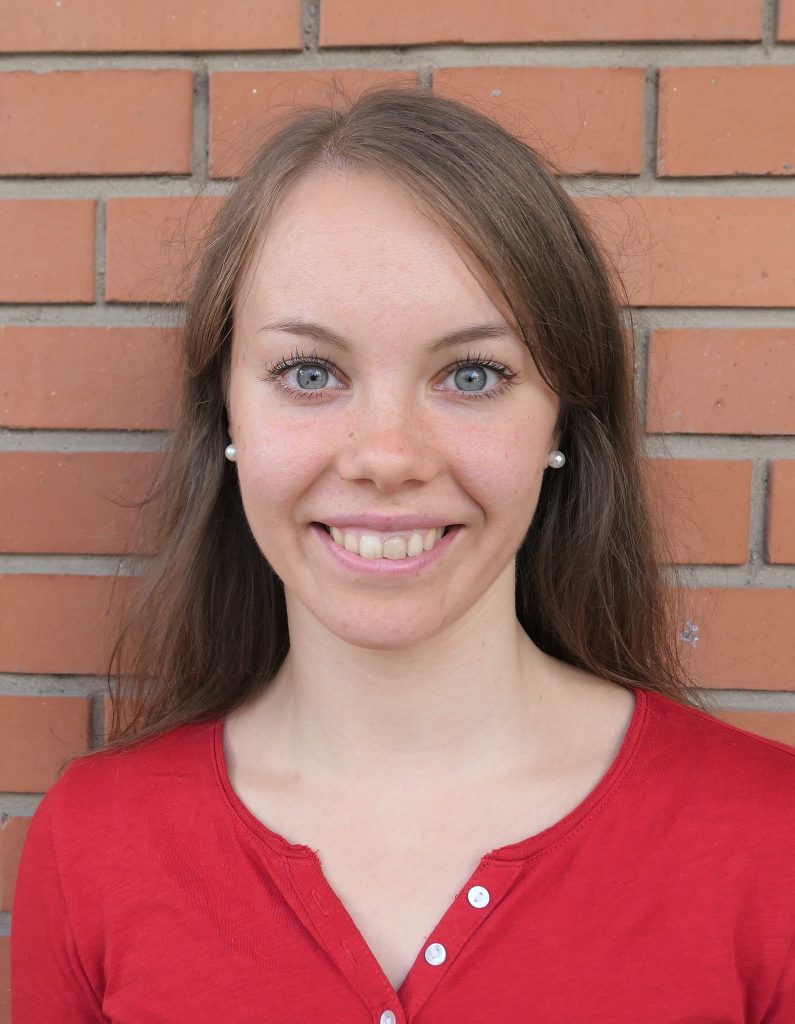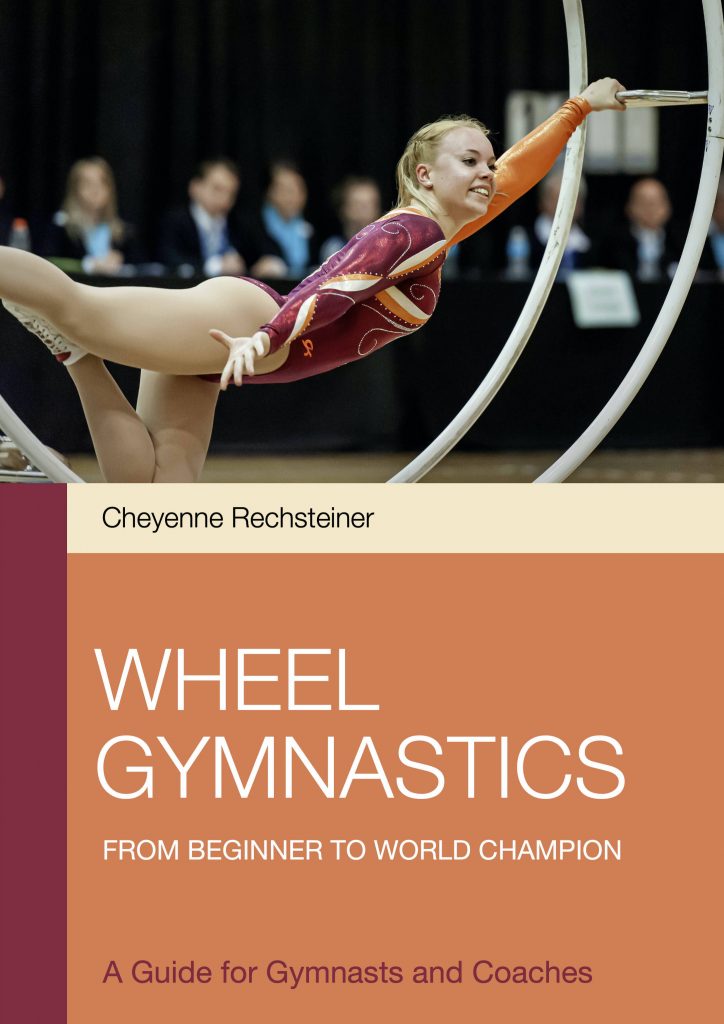
Wheel Gymnastics Academy
WHEEL GYMNASTICS:
FROM BEGINNER TO WORLD CHAMPION
written by Cheyenne Rechsteiner
The book is designed for both beginners and advanced gymnasts and coaches. After the introduction, exercises in straightline, vault and spiral are discussed in detail. The technical descriptions are supported by illustrations and videos and spotting techniques are shown whenever helpful. Exercises are classified into different levels and exemplary routines illustrate possible combinations. Additionally, flexibility and strength programs for wheel gymnastics are introduced.
English language
deutsche Sprache
The IRV is collaborating with Cheyenne to promote her book and make it accessible to gymnasts, coaches and judges around the world. The IRV is only recovering the costs of the online store (e.g. payment transaction fees, tooling fees), more than 90% of the revenues are being transferred to Cheyenne.
Table of contents
About the Author
Cheyenne Rechsteiner
from Switzerland
My love for wheel gymnastics started in 2001 when I first experienced the sport at the opening ceremony of the World Championships in Liestal, Switzerland. The interplay of body control, strength and aesthetics inspires me to this day.
Shortly after the World Championships, I started wheel gymnastics myself at a local club in Birsfelden. I enjoyed learning new elements, practicing routines and finally presenting what I had learned in competitions. It soon became clear that I wanted to practice the sport competitively and my path led me to Zurich. There, I benefited from a lot of know-how, improved my technique and learned advanced elements.
After participating in two World Championships in the junior category, I started to invest even more time in wheel gymnastics and complemented my training in Zurich with additional training sessions in Liestal. My commitment led to successful participations in four World Championships in the senior category.
Altogether, I won two world championship titles, five runner-up titles and eight bronze medals. After the World Championships in Magglingen I decided to pass my knowledge to the next generation and started coaching in Liestal. I enjoy working as a coach, but I am also aware that only a small number of gymnasts can benefit from my knowledge this way. Therefore, I decided to write this book.
It summarizes my knowledge from 20 years of involvement in wheel gymnastics and shows the path from beginner to world champion step by step. My hope is to reach many gymnasts and coaches and make a significant contribution to the development of this great sport.
Finally, I would like to emphasize that wheel gymnastics should be fun and that the focus should not lie on rivalry but rather on personal development. Every single training session presents an opportunity to acquire lifelong skills such as self-confidence, initiative, perseverance and dealing with success and failure. No one goes through life without obstacles. But those who repetitively go beyond their limits and find ways to overcome challenges will be successful in the long term. Therefore, wheel gymnastics is not only a great hobby, but also a valuable investment for the future.
#Preview
Athlete Development

|
Basics I |
• Acquisition of fundamental gymnastics skills • E.g.: Front roll, back roll, handstand |
|
Basics II |
• Consolidation of fundamental gymnastics skills • E.g.: Jump roll, back roll to handstand |
|
Level 1 |
• Straightline: Basic elements in bindings • Vault: Mounting and flight phase I |
|
Level 2 |
• Straightline: Basic elements without bindings • Vault: Mounting and flight phase II |
|
Level 3 |
• Straightline / Spiral: Easy elements |
|
Level 4 |
• Straightline / Spiral: Moderately difficult elements • Vault: Pike front somersault, tuck back somersault |
|
Level 5 |
• Straightline / Spiral: Relatively difficult elements |
|
Elite |
• Straightline / Spiral: Difficult elements |
|
Elite Plus |
• Straightline / Spiral: Very difficult elements |
#Preview
Basics 1 | Side stand
Technique
The starting position is the side stand on the boards with the arms held to the sides. By shifting the body’s center of gravity to the side, the gymnast sets the wheel in motion. In order to keep the body’s center of gravity above the feet, the gymnast must bend the knee that is located against the current rolling direction. During the subsequent knee extension, she can apply pressure on the board and intensify the swing. As soon as the wheel swings high enough, she can briefly touch the closer stride rung with the closer hand.
